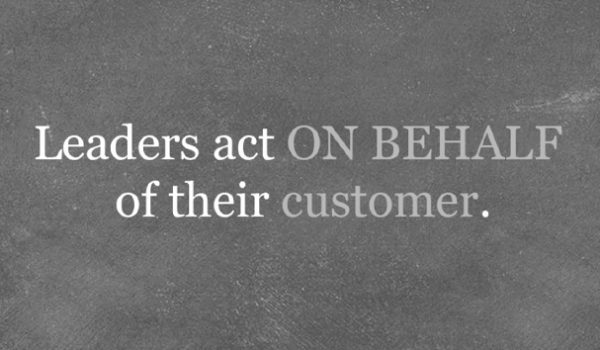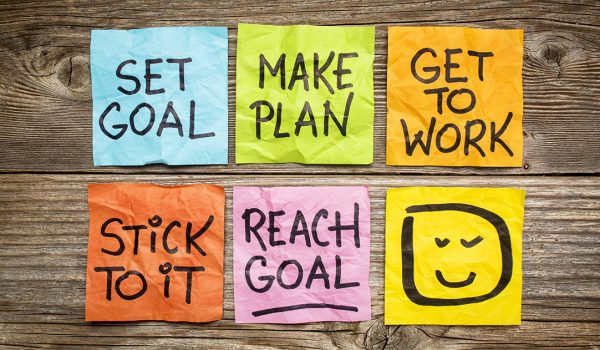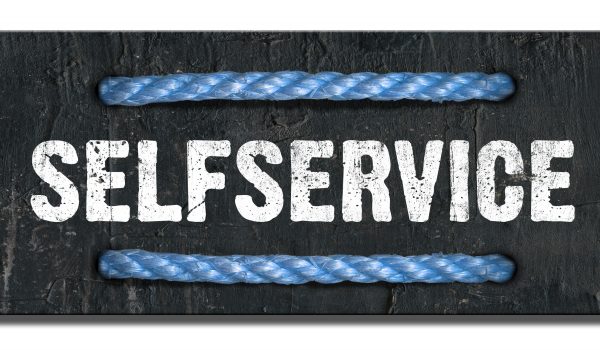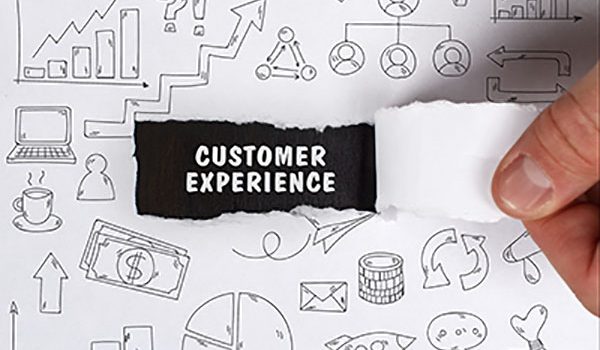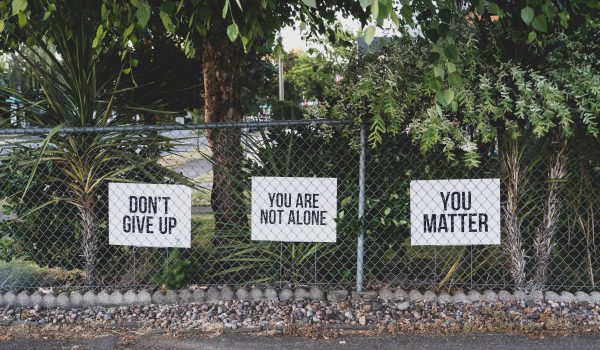
What is Customer Experience Strategy?
In our last article we talked about the importance of strategic thinking. Today, we build on this topic and walk you through the nuts and bolts of customer experience strategy. Customer experience strategy is often missing in organizations. However, it is foundational for the creation of excellent customer experience.
Understand Business Strategy and Customer Experience Strategy
Before we jump in, note that having clear business strategy is a prerequisite for our conversation today. The easiest way to help understand this relationship is to look at a scenario that includes geographies.
Say your company is planning to shift its client base to Europe or Asia in the next 2-5 years and you do not know that. In this case, you may be mapping a customer experience strategy for the US client, and completely missing the mark on the client expectations and needs in the other continents!
This is why we highly recommend that the customer experience leader reports directly to the CEO. This enables the customer experience program to support a sustainable organization’s growth.
Understand Customer Experience Strategy
Three features of customer experience strategy help to put it into context with your overall business strategy. Think of customer experience strategy as a tool that guides your business to customer-centricity.
In this context, remember that, because it is strategic, in order to be effective, it must touch the organization at every level. In order to do so, it must connect to your organization’s vision. Additionally, it must guide the buildout of capabilities that reach customers. Importantly, an effective customer experience strategy must function as a framework for executive alignment. Without this piece, it is impossible to sustain a strategy to build the customer-centric experiences that define organizational success.
- Blueprint to communicate your vision to your organization
- Roadmap to build capabilities to meet customers across channels
- Framework for executive alignment
Communicate Your Vision
At its core, customer experience strategy is the blueprint for how to envision your ideal customer experience. Of course, building and following this blueprint starts before you build any kind of program that reaches the customer. It starts with every member of your team coming together to understand what you are setting out to do, and how you are aiming to achieve it.
As such, your CX strategy empowers you to communicate your vision to your organization. This enables every member of your team to understand the shared goals of your organization. And to build the experiences that advance those goals.
Build Capabilities
Guided by the CX strategy, customer experience programs include a roadmap for building capabilities that meet customer needs across channels (for instance, not only on digital channels).
This is not cheap to do. However, it is possible to find funding for customer experience projects from the misaligned products and services you rightly removed from your offerings because they did not align with your customer experience strategy. More, later, on how customer experience strategy helps your organization make the difficult decisions about what products and services to keep, and what to cut.
What is most important to note here, is that building capabilities that meet customers where they are demands specific commitments to customers by leadership and employees. Your customer experience strategy drives these commitments.
Achieve Executive Alignment
Simply put, the customer experience strategy gives your executive team something to align on.
As such, it functions as the unifying piece to connect the executive team and to support the creation of CX programs.
Customer Experience Strategy Does Not Create Experiences
It is important to recognize that, on its own, customer experience strategy does not create great experiences for your customers.
Rather, your teams create experiences through customer experience programs the underlying strategy guides. How? By designing customer experience programs. A properly designed customer experience program acts upon your strategy. Of course, to act effectively, a customer experience program must be funded by leadership and sponsored by your executive team.
This brings us back to the features of customer experience strategy. If the executive team is not aligned with the customer experience strategy, customer experience programs are fragmented at best, and stagnated, at worst.
On the other hand, when CX strategy fuels customer experience programs, your organization has the opportunity to see its vision in action.
Let’s use Microsoft as an example. As a technology leader, its vision statement includes the following objective: “to help people and businesses throughout the world realize their full potential.”
In this context, a customer experience strategy could look like the following: “deliver the right services and products, to the right customers at the right time.”
That is a good start. However, by itself, a strategy does not create an experience that delivers the right services and products to the right customers, at the right time. Why? Because, in order to build a customer experience program that aligns with your CX strategy, experience teams must understand who the customer is. Then, they must create the appropriate value propositions from there.
In order to create the actual human-centered experience the vision and strategy call for, all the teams must understand how the steps to creating experiences need to start with the customer, not with the engineering team. With this in place, it becomes possible to build customer experience programs that deliver on your promises. Programs of this type may incorporate customer research projects that make you aware not of your customer needs, but also their aspirations.
Identify Your Customer
To do that, you must truly understand your customer. The first (and most important) step of customer experience strategy design is to identify the right persona of your customer. What does that mean?
Look at the people or businesses who are buying your product. Then, identify those that have the critical mass to support your revenues and growth. This may sound easy, but it is actually quite difficult. Especially if you are a large organization in which politics and interests of certain leaders often influence the decision-making process.
At best, they create a standstill where no decision is achieved. This is actually one of the main reasons why organizations often do not have customer experience strategy. Answering the question of client persona correctly is the first step of mapping the future of your company.
Know Who You Serve
For this example, let’s look at an airline. If an airline’s passenger experience is designed for a “leisure” traveler (someone going on vacation), while the prevalent customer is a business traveler, that airline’s customer satisfaction will go down, despite investments in customer experience.
Every organization has limited funds. And those funds must be prioritized. If this same airline invested in inflight entertainment systems and bag drop experience instead of operational reliability (being on time; taking off) the ROI of that investment would be poor.
Business flights tend to be shorter. Their passengers usually work onboard. Departure times also tend to be earlier. Business travelers need to sleep on the plane and arrive at meetings on time. On those flights, the entertainment system is NOT one of the major customer needs.
Make the Right Investments
Now, if the same airline invested in onboard WiFi, the story changes. Another thing that business travelers do not do is check in bags. So those people may not even UNDERSTAND that there was a new bag drop experience your airline paid for them to enjoy.
This perspective of knowing your customer is just as important for BtoB organizations like ours. Knowing who our customer is took some digging, analysis and trials. First, we started with the really small businesses in the neighborhood.
We quickly learned that we need established businesses with 100M revenues or more in order to have the necessary client infrastructure to make an impact. Does that mean we cannot help smaller businesses? No. Of course we can help them! We just cannot afford to do that for the level of budgets they have.
By the Numbers
Knowing how to make the right investment requires you to know your customers. That starts by understanding what your customers want from their experience.
For instance, to create a future-ready strategy to guide your customer experience design, consider what type of (and how many) channels customers want to use. 78% of customers prefer using different channels, relative to context, according to 2019 data.
A number like this feeds your strategy. With this data, you can build a directive to build seamless, consistent experience.
As a jumping off point, organizations need a context in which to build seamless journeys. Customer experience strategy provides that necessary context. As such, it is a critical step for business survival, particularly for large organizations and iconic brands.
Understand the How
Once you have identified your customers and what they want, it is time to identify their true problems. Not the problem you think your customers have, not the one the media talks about. Your customer’s actual problem. Everyone is facing a challenge.
In the BtoB world, those challenges are even greater. Identify the challenges, then design how you are going to meet them. The “How” is critical. The “How” is your brand. And your brand is an essential piece of your customer experience strategy.
Your brand is your culture and principles that guide your behaviors with the client. Are you selling a self-service, seamless experience or exclusive, guided/curated experience? Is your strength technology or something else? Is your opportunity in the technology space or the people space? Only you know the answer to these questions.
One question you do NOT know the answer to is: “What is my customer’s need and how does he/she like it to be resolved?” Do not make the mistake of thinking that speaking to a few people is the same as conducting customer research.
Make sure you listen to your customers (even if you do not like what you hear). Then design the CX strategy that will make them happy. Not the one that you think will make you happy. Because, let’s face it, they are the ones paying your bills.
Customer Experience Strategy Helps You Make Difficult Choices
In your customer experience program you may also have a consulting engagement that identifies products and services you need to scrap. Yes, I know. This is hard to do. But if products and services no longer fit your strategy, they need to go.









































